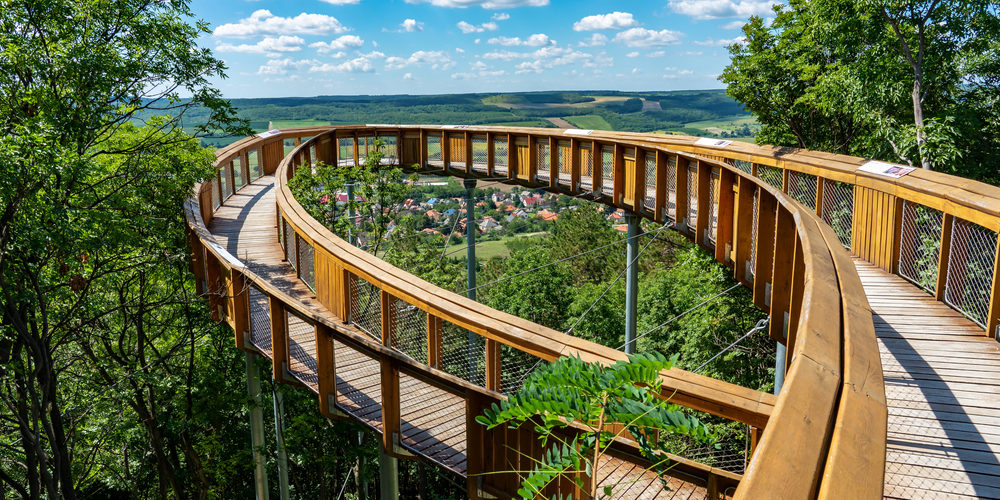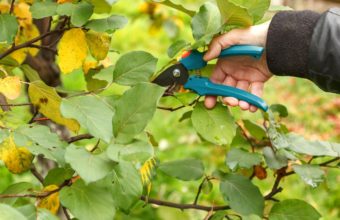Raising the crown of a tree, also known as crown raising or crown elevation, is a tree pruning technique that involves removing the lower branches or limbs of a tree to create more clearance beneath the canopy. The primary goal of crown raising is to increase the vertical space between the ground and the lower branches of the tree.
This can serve several purposes…
- Clearance – Crown raising is often done to provide clearance for various purposes, such as pedestrian and vehicular traffic, buildings, signs, or utility lines. By removing low-hanging branches, you can create a safer and more accessible area beneath the tree.
- Aesthetic Improvement – Trimming the lower branches can enhance the overall appearance of the tree and create a more visually appealing and well-balanced canopy.
- Light Penetration – Crown raising allows more sunlight to reach the ground beneath the tree, which can benefit the growth of grass, plants, or other vegetation in the area.
- Improved Airflow – Elevating the crown can improve air circulation around the tree, potentially reducing the risk of disease and promoting tree health.
When performing crown raising, follow proper pruning techniques to minimize stress on the tree and reduce the risk of harm. Arborists or tree care professionals often assess the tree’s condition, determine the appropriate height for raising the crown, and make careful, selective cuts to remove branches.
Avoid over-pruning, which can weaken the tree or lead to stress and structural problems. Crown raising should be done with consideration for the tree’s overall health and growth patterns, taking into account the location and purpose of the pruning. Consulting with a certified arborist or tree care expert is recommended when making decisions about crown raising to ensure that the tree remains healthy and structurally sound.






